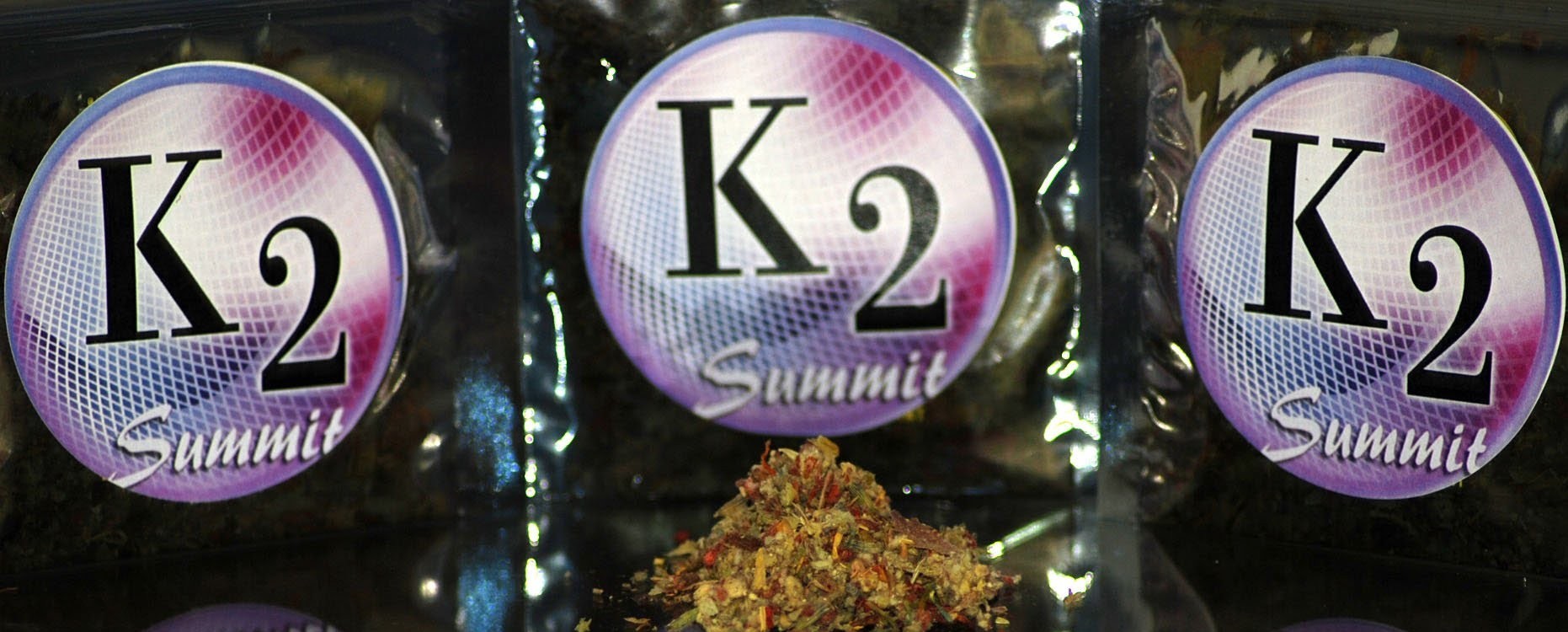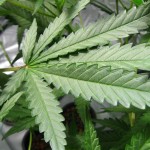What is Spice? Recently, the term Spice, or K2/Spice has been used to describe a street drug that has gained popularity in all of the United States. The term Spice refers to one or more synthetic compounds that are ingested as a drug for recreational purposes. Many users believe that Spice is okay to consume because it is believed to be legal. Spice is claimed to be a “safe” version of marijuana. It is also believed that Spice is undetectable on a drug screen, and therefore an employer can neither detect nor take action against an employee for using the drug. These claims are far from true.
Spice is a leafy herbal mixture that is combined with a chemical compound and packaged as incense or potpourri and labeled “Not for Human Consumption” and sold in smoke shops and on the street. The drug is consumed similarly to marijuana. Although many Spice users claim that the effects of the synthetic compound are similar to that of marijuana, recent reports have shown that the effects of consuming spice can be extremely dangerous, even fatal. According to the National Institute on Drug Abuse, symptoms of Spice consumption include: rapid heart rate, vomiting, agitation, confusion and hallucinations1. It has also been associated with heart attacks, withdrawal, and addiction symptoms1.
Over the past six months, Spice use has become an epidemic in Alaska. Hundreds of emergency response calls and multiple deaths related to its use prove that the consumption of Spice is on the rise in our community. Although Alaska passed a law in 2014 to ban Spice, manufacturers of the drug are able to alter the chemical compound just enough to claim that it is not on the list of banned substances. The significant number of compounds that have been altered to create Spice make its effects unpredictable. The bottom line is that Spice is dangerous and it is having an effect on Alaskans. Understandably, employers should be concerned about Spice in the workplace, but should also know that there are ways to ensure an entirely drug free workplace.
It’s true that an employee who takes a DOT urine drug test will not have a positive test result based on Spice use. The DOT-mandated test is a five-panel (THC, cocaine, PCP, opiates, amphetamines) test, that does not include Spice. Furthermore, unless specified, a non-DOT urine drug test will typically not detect Spice. However, any company can have a non-DOT testing policy and can choose to test for virtually any drug that they are concerned about. Although testing for Spice may be cost prohibitive, there are ways that an employer can test for Spice under certain circumstances (e.g. reasonable suspicion) should they be concerned about the drug in the workplace. The key is to have a solid drug-free workplace policy that clearly outlines these circumstances for testing for Spice. It is also important to understand that an employer can take action against an employee that tests positive for Spice on a drug test. Again, it is imperative to have a drug-free workplace policy that states the repercussions for a positive drug test result for Spice.
Spice is a dangerous drug that has recently plagued the state of Alaska. It is understandable to be concerned about Spice use, especially when trying to maintain a safe, drug-free workplace. It is also important to understand that you can do something to prevent Spice use in your workplace. A solid drug-free workplace policy is the first barrier, and also knowing when and how to test for Spice on a drug test can help ensure that your workplace is free and clear of Spice.
If you have questions, or would like to learn more about Spice, please contact Beacon’s Drug and Alcohol Department at (907) 222-7612.
1 National Institute on Drug Abuse. K2/Spice (“Synthetic Marijuana”) Retrieved from https://www.drugabuse.gov/publications/drugfacts/k2spice-synthetic-marijuana on November 2, 2015



